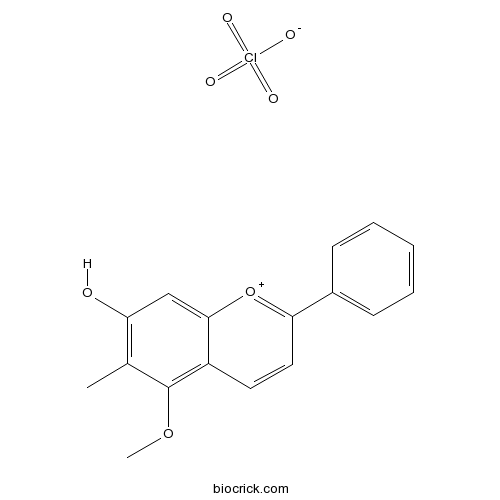Daemonorops jenkinsiana
Daemonorops jenkinsiana
1. The products in our compound library are selected from thousands of unique natural products; 2. It has the characteristics of diverse structure, diverse sources and wide coverage of activities; 3. Provide information on the activity of products from major journals, patents and research reports around the world, providing theoretical direction and research basis for further research and screening; 4. Free combination according to the type, source, target and disease of natural product; 5. The compound powder is placed in a covered tube and then discharged into a 10 x 10 cryostat; 6. Transport in ice pack or dry ice pack. Please store it at -20 °C as soon as possible after receiving the product, and use it as soon as possible after opening.
Natural products/compounds from Daemonorops jenkinsiana
- Cat.No. Product Name CAS Number COA
-
BCN2628
Dracorhodin perchlorate125536-25-6
Instructions

-
BCN2722
Columbamine3621-36-1
Instructions

The chromosome-level genome assemblies of two rattans (Calamus simplicifolius and Daemonorops jenkinsiana).[Pubmed: 30101322]
Calamus simplicifolius and Daemonorops jenkinsiana are two representative rattans, the most significant material sources for the rattan industry. However, the lack of reference genome sequences is a major obstacle for basic and applied biology on rattan.
Transcriptome-based investigation of cirrus development and identifying microsatellite markers in rattan (Daemonorops jenkinsiana).[Pubmed: 28383053]
Rattan is an important group of regenerating non-wood climbing palm in tropical forests. The cirrus is an essential climbing organ and provides morphological evidence for evolutionary and taxonomic studies. However, limited data are available on the molecular mechanisms underlying the development of the cirrus. Thus, we performed in-depth transcriptomic sequencing analyses to characterize the cirrus development at different developmental stages of Daemonorops jenkinsiana. The result showed 404,875 transcripts were assembled, including 61,569 high-quality unigenes were identified, of which approximately 76.16% were annotated and classified by seven authorized databases. Moreover, a comprehensive analysis of the gene expression profiles identified differentially expressed genes (DEGs) concentrated in developmental pathways, cell wall metabolism, and hook formation between the different stages of the cirri. Among them, 37 DEGs were validated by qRT-PCR. Furthermore, 14,693 transcriptome-based microsatellites were identified. Of the 168 designed SSR primer pairs, 153 were validated and 16 pairs were utilized for the polymorphic analysis of 25 rattan accessions. These findings can be used to interpret the molecular mechanisms of cirrus development, and the developed microsatellites markers provide valuable data for assisting rattan taxonomy and expanding the understanding of genomic study in rattan.


